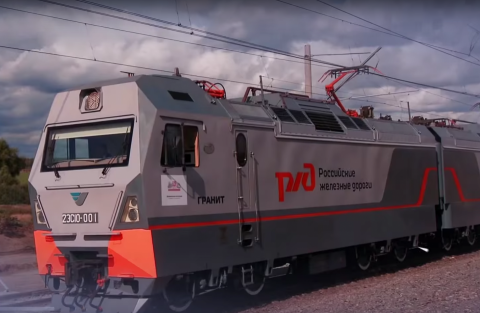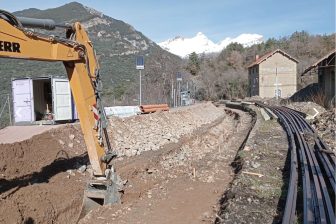
Russian Railways to use virtual coupling on 630 locomotives this year
Image: RZD
Russian Railways (RZD) is continuing to implement virtual coupling in freight locomotives in Eastern Russia. Currently, over 300 locomotives operating in Eastern Russia are already equipped with virtual coupling systems, and this number is scheduled to increase to 630 units by the end of the year. The innovataive train control method can greatly improve capacity on lines.
Want to read more?
You have read all of your free premium articles for this month. Please become a subscriber to keep reading.
Subscribe now!
Take advantage of our exclusive offer to get full access to all premium content.



